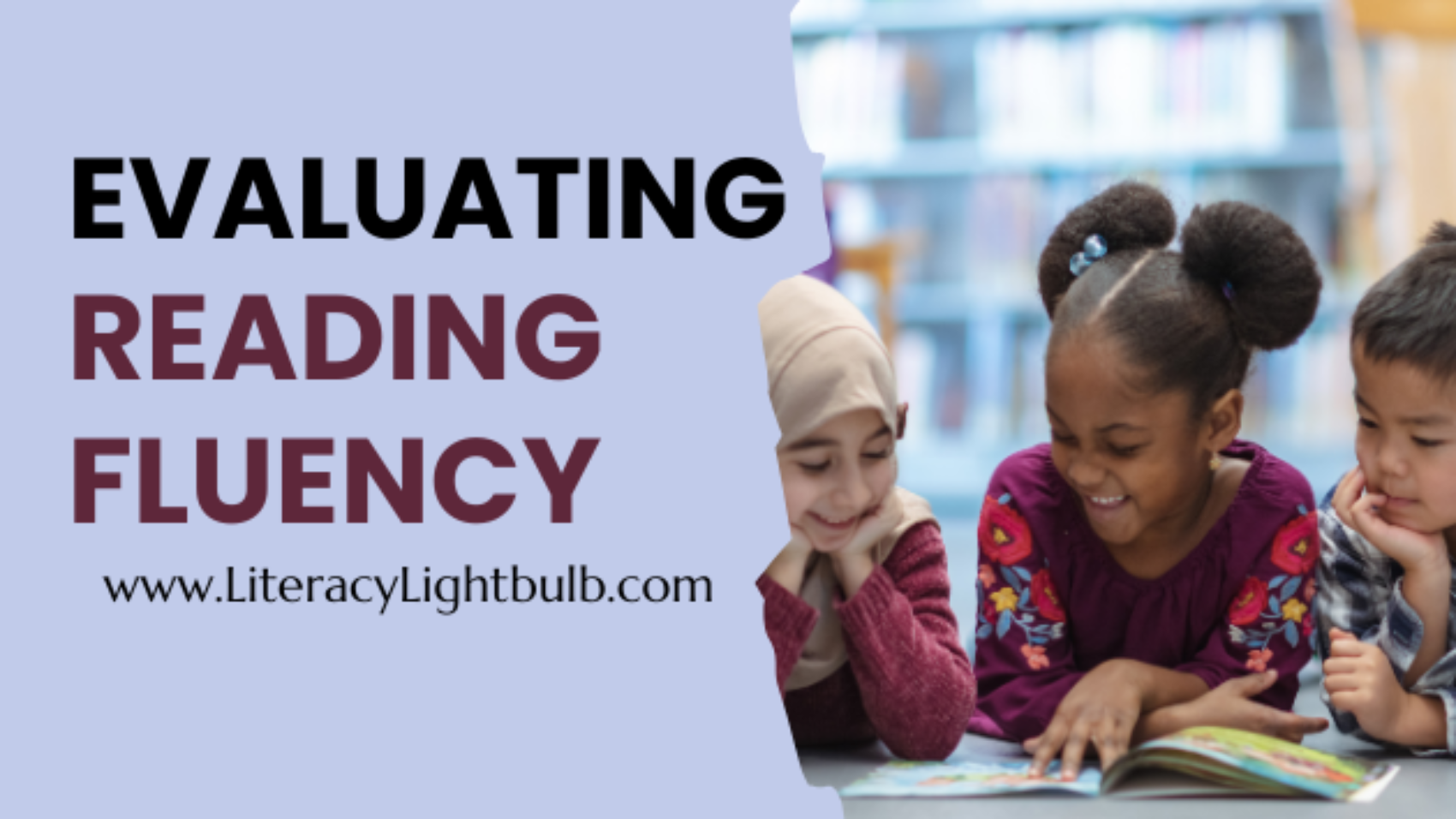When we think about assessing reading fluency, the first thing that often comes to mind is listening to students read aloud. It’s a tried-and-true method, offering a snapshot of how smoothly they can read and how well they can pronounce words. However, oral reading assessments alone don’t capture the full picture of a student’s reading abilities. To truly understand and support reading fluency, we need to broaden our approach and explore new, innovative ways to assess fluency that go beyond just speaking the words.
The Limitations of Oral Reading
Oral reading assessments can tell us a lot, but they also have their drawbacks. For one, some students might find reading aloud nerve-wracking, which can affect their performance. Plus, focusing solely on how quickly and accurately a student can read aloud doesn’t always reflect their comprehension or silent reading skills—both of which are crucial for academic success.
Another issue with traditional oral reading assessments is the emphasis on speed. While it’s important for students to read at a good pace, we don’t want them to sacrifice understanding for speed. A student might breeze through a passage quickly, but if they don’t grasp the meaning behind the words, are they really fluent? This is why it’s essential to look at fluency from multiple angles.
Expanding Our Definition of Fluency
To better assess reading fluency, we need to think beyond just oral reading. Fluency includes:
- Silent Reading Fluency: The ability to read and comprehend text quickly and accurately without vocalizing.
- Comprehension: Understanding the text, making inferences, and connecting ideas within and beyond the passage.
- Expression and Phrasing: Reading with the appropriate intonation, stress, and rhythm, which shows an understanding of the text’s meaning.
Innovative Methods for Assessing Fluency
- Timed Silent Reading Assessments: One way to measure silent reading fluency is by giving students a passage to read silently within a set time. Afterward, have them answer comprehension questions. This approach assesses both how quickly they read and how well they understood the material.
- Cloze Reading Exercises: These exercises involve giving students a passage with certain words removed and asking them to fill in the blanks. This method helps evaluate how well students can predict and understand text based on context, giving insight into both fluency and comprehension.
- Reader’s Theater: Reader’s Theater is a fun and effective way for students to practice fluency. By performing a script after repeated readings, students focus on delivering lines with the right expression and rhythm, emphasizing how the text should sound rather than just how fast they can read.
- Fluency Rubrics with a Focus on Comprehension: Traditional fluency rubrics often emphasize accuracy and speed, but adding a comprehension component can provide a fuller picture. For example, after a student reads a passage, ask them to summarize it or answer some thought-provoking questions about the content.
- Digital Fluency Tools: Technology offers various tools that can assess and support reading fluency. Many apps track reading speed, accuracy, and comprehension, offering detailed feedback that helps both students and teachers understand where improvement is needed.
- Peer-Assisted Learning Strategies (PALS): In PALS, students work in pairs to read aloud to each other and provide feedback. This method not only helps in assessing fluency but also fosters a collaborative learning environment where students learn from one another.
Supporting Fluency in the Classroom
Beyond assessment, it’s crucial to actively support the development of reading fluency through daily classroom activities. Here are a few strategies:
- Daily Silent Reading: Encourage students to practice silent reading regularly to build their stamina and speed in processing text on their own.
- Model Fluent Reading: Regularly read aloud to your students, demonstrating how to use expression and phrasing to bring the text to life.
- Varied Reading Materials: Provide a range of texts at different levels of difficulty to cater to students’ diverse reading abilities and interests.
- Integrated Comprehension Activities: Combine fluency practice with activities that require students to think critically about what they’ve read, reinforcing the link between fluency and comprehension.
Conclusion
Assessing reading fluency is about much more than just measuring how fast a student can read aloud. By incorporating a variety of methods that include silent reading, comprehension, and expressive reading, we can gain a more accurate understanding of our students’ fluency. The ultimate goal is to help students become confident, well-rounded readers who not only read with ease but also understand and enjoy the texts they engage with. With a more comprehensive approach to fluency assessment, we can better support our students on their journey to becoming lifelong readers.


